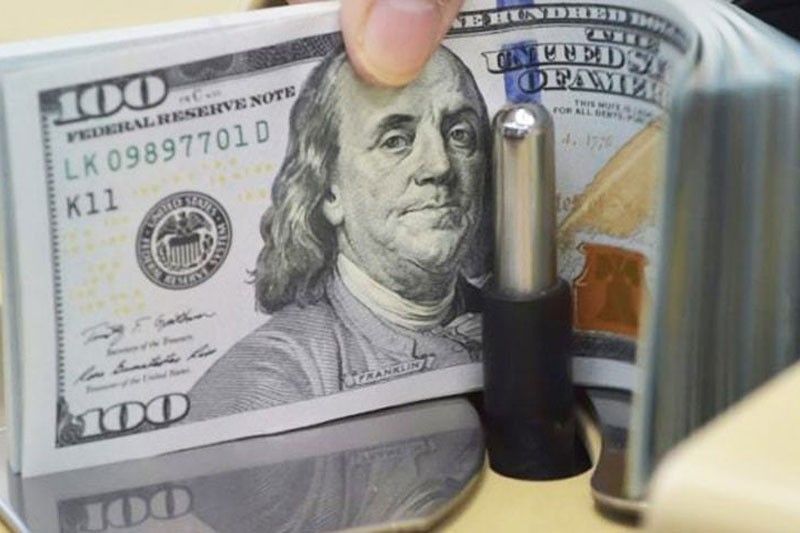Philippines foreign debt rises to $80.4 B

MANILA, Philippines — The country’s external debt almost booked a double-digit increase in the first quarter of the year as the government continues to borrow more from foreign lenders, the Bangko Sentral ng Pilipinas (BSP) reported over the weekend.
BSP Governor Benjamin Diokno said the outstanding external debt of the Philippines stood at $80.43 billion in end-March this year, about 9.9 percent higher than the end-March 2018 level of $73.19 billion and 1.9 percent higher than the end-December 2018 level of $78.96 billion.
The year-on-year $7.2 billion rise debt stock, Diokno said, was brought about by net availments amounting to $9.2 billion, of which the national government accounted for $3.8 billion.
He also cited the prior periods’ adjustments of $960 million.
The rise the country’s foreign debt was partially offset by the transfer of Philippine debt papers from non-residents to residents amounting to $2.3 billion and the negative foreign exchange revaluation adjustments amounting to $740 million.
Despite the increase, Diokno said the key external debt indicators of the Philippines remained at prudent levels as the country’s gross internal reserves (GIR) stood at $83.6 billion in end-March or equivalent to five times cover for short-term debt under the original maturity concept.
“Key external debt indicators remained at prudent levels despite the rise in external debt,” the BSP chief said.
The debt service ratio (DSR) that measures the adequacy of the country’s foreign exchange earnings to meet maturing obligations improved and remained at single-digit levels to 5.1 percent from eight percent.
On the other hand, the external debt ratio – a solvency indicator –slightly increased to 20 percent from 19.9 percent a quarter ago.
“The ratio indicates the country’s sustained strong position to service foreign borrowings in the medium to long-term,” Diokno added.
Diokno said the maturity profile of the country’s external debt remained predominantly medium- and long-term in nature with original maturities longer than one year with share to total at 79.1 percent, while short-term accounts with maturities of up to one year comprised the 20.9 percent balance.
“The weighted average maturity for all medium- and long-term accounts slightly decreased to 16.8 years from 17 years during the previous quarter, with public sector borrowings having a longer average term of 21 years compared to 7.6 years for the private sector. This means that foreign exchange requirements for debt payments are well spread out and, thus, more manageable,” he said.
Public sector external debt increased to $40.2 billion or 49.9 percent of the total. About 84.5 percent or $33.9 billion were national government borrowings, while the remaining 15.5 percent or $6.2 billion pertained to other government agencies’ loans.
Private sector debt increased to $40.3 billion or 50.1 percent of the total. The recorded rise in private sector borrowings was due largely to prior periods’ adjustments of $1 billion.
Major creditor countries include Japan with $14.4 billion followed by the US with $3.7 billion, Netherlands with $3.7 billion, and the United Kingdom with $3.4 billion.
In terms of currency mix, the external debt stock remained largely denominated in US dollar with 61.2 percent and Japanese yen with 12.7 percent.
- Latest
- Trending





























